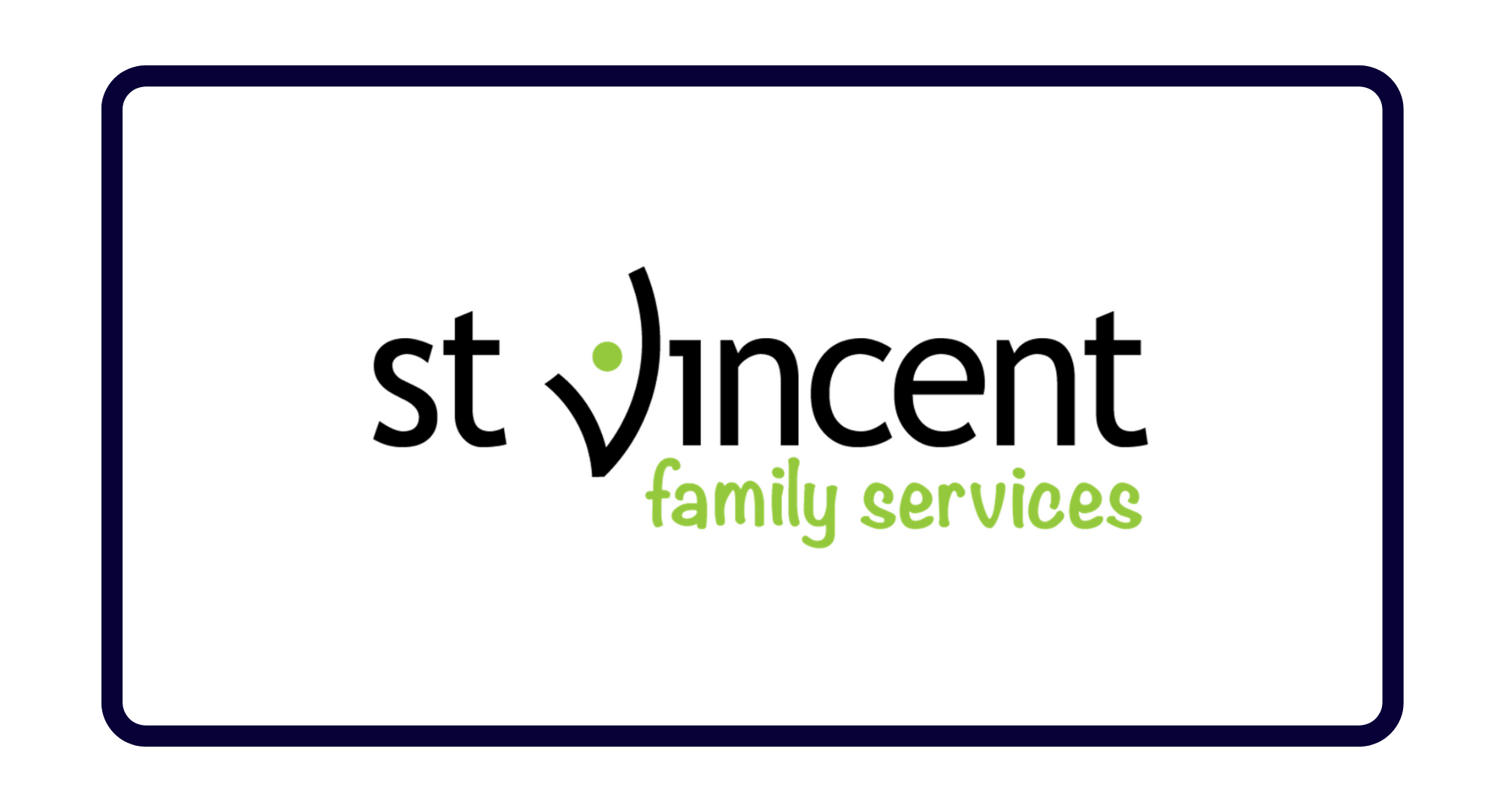OUR VISION:
Optimal health outcomes for all people in every community.
We are a Regional Healthcare Improvement Collaborative based in Columbus, Ohio.
We work on various projects to improve the equity, access, and quality of health for all people in our state.

Our Mission
We improve social drivers of health, health equity, access and quality in all communities, through:
Community
Engagement & Partnership
MultiStakeholder
Training & Coaching
Data
Collection & Integration
Strategy
Development & Deployment
Current Project Work
Please Click to Learn More
Funding Provided By
Agency for Healthcare Research & Quality (AHRQ)
The Ohio Department of Health and Centers for Disease Control
Columbus Medical Association Foundation (CMAF)
Columbus Metropolitan Housing Authority (CMHA)
Centers for Disease Control and Prevention
MCO Contracts (CareSource, Buckeye Health Plan, United HealthCare, Molina HealthCare)
St. Vincent Family Services
The Columbus Foundation
American Heart Association
Ohio Commission on Minority Health
The Department of Health
Franklin County Public Health

Partner Impact Statements
In the News



































